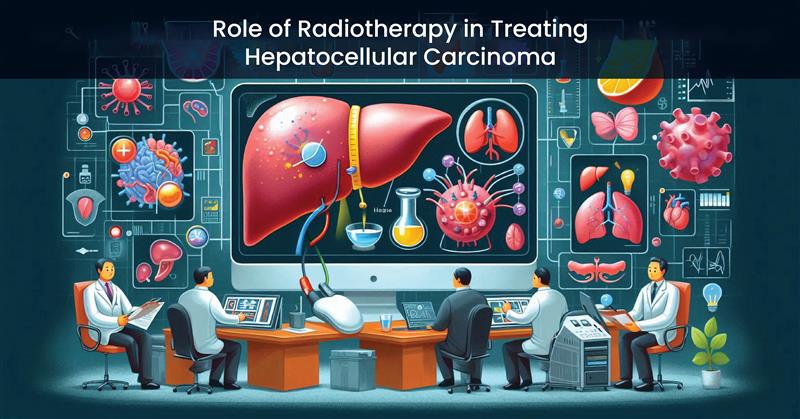Hepatocellular carcinoma, also HCC, represents the most frequent primary liver cancer and is often associated with a poor prognosis and few therapy options, especially in the late stages. HCC is a growing global health problem largely due to chronic hepatitis infections and other liver diseases, and therefore the need for appropriate treatment methods cannot be overemphasized. In all the treatment approaches, radiotherapy has come through as a powerful modality in the treatment of patients with HCC, especially those who cannot undergo surgical or other localized therapies. This article explores the role of radiotherapy in managing HCC, its advantages and shortcomings, and perspectives on its development.
Understanding Radiotherapy in HCC Treatment
Radiation therapy, formerly employed in some cancers such as those of the breast, lung, and prostate, has been increasingly used in liver cancers, inclusive of HCC. The liver is known though to have a low tolerance to radiation, and therefore the use of radiotherapy has in the past been restricted, but with recent developments in both technology and techniques, the role of radiotherapy has begun to increase. Over the past few years, new approaches to radiotherapy have emerged in the form of stereotactic body radiation therapy (SBRT), intensity-modulated radiation therapy (IMRT), and other precision-based techniques of hepatic irradiation in an attempt to give high doses to tumors while sparing much of the normal surrounding liver tissue.
Stereotactic Body Radiation Therapy (SBRT)
SBRT is a very conformal radiotherapy technique where a high dose of radiation is given to the tumor in a small number of fractions. It is most helpful for small-sized HCC patients who will not benefit from surgery or other localized therapies. A total of 101 patients with small-sized HCC followed up after SBRT using an abdominal compression technique had a better prognosis with a median follow-up of more than 23 months. The 1-year, 3-year, and 5-year local control rates were high and proved that SBRT could control the tumor with a reasonable profile of complications. In particular, this paper found that the modified fractionation regimen with a total dose of 6-10 fractions was sufficient to achieve quite favorable results in terms of the control of the disease with relatively few side effects.
These are helical intensity-modulated radiation therapy and image-guided radiation therapy, which boost the efficiency of SBRT. These technologies help minimize the radiation delivered to the surrounding area, thus minimizing damage to the liver and other close structures. They also require that much precision in the case of liver cancers, especially because preserving liver function is of importance to the wellbeing of the patient and his tolerance to the treatments.
